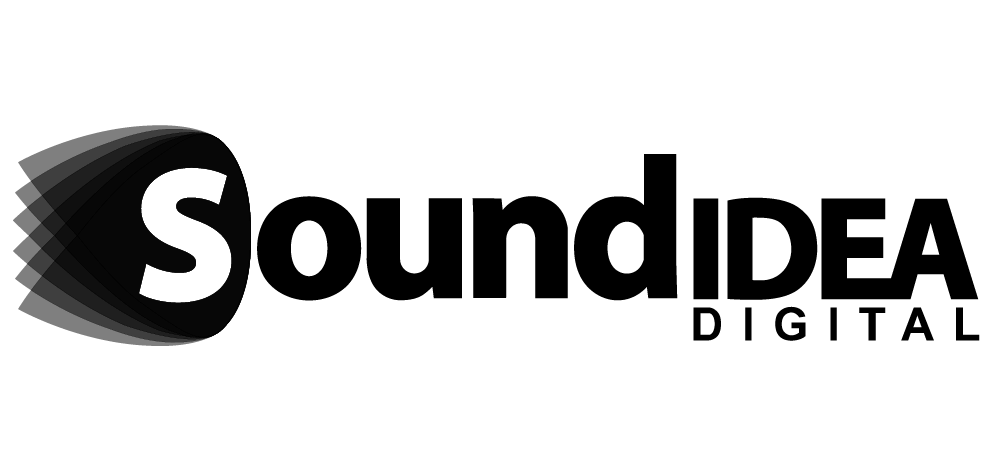
12 Effective eLearning Strategies for LMS in South Africa
Digital education and workplace training in South Africa have entered a period of accelerated growth. A learner management system in South Africa is no longer simply a nice-to-have but a core component of organisational development and modern education. The shift has been driven by increased internet penetration, government investment in digital literacy, and the growing need for flexible training solutions across industries. As learning increasingly moves online, institutions and businesses are seeking ways to design experiences that are both engaging and effective, ensuring learners not only consume content but also apply it in meaningful ways.
To fully leverage these systems, it is important to use strategies that reflect best practice in instructional design while also accounting for local realities such as bandwidth challenges, multilingual learning communities, and varying levels of digital readiness. Below are twelve carefully considered strategies that, when implemented, can transform the impact of a learner management system in South Africa, delivering measurable outcomes for learners and organisations alike.
1. Start With Clear Learning Objectives
Every successful course begins with well-defined outcomes. Objectives should be measurable, achievable, and directly linked to the competencies learners are expected to master. When learners understand what they are aiming for, motivation increases, and assessment becomes more purposeful. This clarity also allows organisations to evaluate return on investment and compliance more accurately through reporting dashboards.
For a learner management system in South Africa, where training often needs to meet sector-specific regulations, objectives provide a structured roadmap. By mapping content to outcomes, organisations can easily demonstrate alignment with government standards or industry accreditation requirements, ensuring both accountability and relevance in the local context.
2. Chunk Content To Reduce Cognitive Overload
Learners retain information better when lessons are broken into smaller, digestible units. Chunking prevents overwhelm and creates opportunities for learners to absorb and apply knowledge gradually. In addition, shorter modules make it easier to track progress and revisit material as needed, supporting a mastery-based approach to learning.
This technique is particularly effective in a learner management system in South Africa where digital divides exist. Many learners access content on mobile devices under varying connectivity conditions. Smaller units load more quickly and can be completed offline if the LMS supports it, ensuring equitable access even for those in rural areas or with limited data availability.
3. Use Interactive Elements To Sustain Engagement
Interactive features such as quizzes, polls, and drag-and-drop exercises transform passive content into active experiences. Engagement increases when learners are required to interact, and the resulting data offers insights into performance and areas requiring support. These elements also provide immediate reinforcement, strengthening knowledge retention.
In the context of a learner management system in South Africa, interactivity plays a vital role in combating digital fatigue. Learners who might otherwise disengage from static text benefit from varied learning activities, and facilitators can use analytics to identify learners at risk of falling behind. This makes courses more dynamic and outcome-driven.
4. Combine Multimedia Thoughtfully
Different learners have different preferences and needs, so a mix of text, visuals, audio, and video creates inclusive experiences. Well-chosen multimedia enhances comprehension, helps to explain complex concepts, and appeals to a wide range of learning styles. Multimedia also adds variety, reducing monotony in long courses.
For a learner management system in South Africa, where multiple languages are spoken and literacy levels vary, multimedia can bridge gaps. Transcripts for audio, captions for video, and locally relevant imagery make content more accessible. Optimised files also ensure materials remain usable in low-bandwidth environments, preserving inclusivity across diverse regions.
5. Introduce Gamification For Motivation
Gamification leverages natural human competitiveness to drive progress. Incorporating elements like points, badges, and leaderboards transforms course completion into a rewarding journey. These features encourage learners to advance, celebrate milestones, and even foster healthy competition among peers.
When integrated into a learner management system in South Africa, gamification has the added benefit of appealing to younger, tech-savvy learners entering the workforce. It also works well in professional training where incentives tied to recognition or certification can push completion rates higher and align training with career development goals.
6. Design Scenario-Based Learning
Scenario-based learning places learners in realistic contexts where they apply knowledge to solve problems. By simulating workplace situations or community challenges, learners develop decision-making skills and see the consequences of their choices in a safe environment. This method moves beyond rote memorisation to deeper understanding.
In a learner management system in South Africa, scenarios that reflect local industries—such as mining, healthcare, or education—make learning highly relevant. Learners engage with situations they might encounter in their professional lives, increasing transfer of knowledge and preparing them for real-world application.
7. Deliver Microlearning For Busy Learners
Microlearning delivers content in short, focused bursts that learners can complete quickly. Each unit addresses a single concept, making it easy to review and revisit as needed. This format is ideal for compliance training, refresher courses, or just-in-time learning at the point of need.
In a learner management system in South Africa, microlearning is invaluable for employees balancing training with demanding schedules. It also works well for students in rural areas where connectivity can be unreliable; short lessons ensure progress is maintained even during intermittent access.
8. Personalise The Pathway
Personalisation adapts learning journeys to individual needs. By using assessments and analytics, a system can recommend content tailored to the learner’s pace and prior knowledge. This ensures that learners receive the right support without wasting time on material they have already mastered.
A learner management system in South Africa can leverage personalisation to cater to diverse educational backgrounds and learning styles. It ensures equity by allowing both advanced learners and those needing more support to progress in ways that suit them best, maximising overall course effectiveness.
9. Use Spaced Repetition To Strengthen Memory
Spaced repetition revisits concepts at increasing intervals, reinforcing long-term retention. It prevents the common problem of forgetting material soon after completing a course. Digital reminders and structured review sessions can be automated for convenience.
For organisations using a learner management system in South Africa, spaced repetition is particularly effective in compliance-driven sectors where knowledge retention is critical. Revisiting safety protocols, regulations, or technical details ensures that important information remains front of mind over time.
10. Give Timely Feedback And Robust Assessment
Feedback ensures learners understand what they did right or where they need improvement. Automated quizzes provide immediate responses, while instructor comments add depth and guidance. A balanced mix of formative and summative assessment enhances learning outcomes and accountability.
In a learner management system in South Africa, where scaling training to large groups is often necessary, automated assessment tools save time while still giving learners essential direction. Meanwhile, detailed reporting allows organisations to demonstrate training effectiveness and regulatory compliance with ease.
11. Optimise For Mobile Learning
As mobile devices are the primary access point for most South Africans, courses must be designed for small screens with intuitive navigation. Responsive design, lightweight files, and offline functionality are essential features that improve accessibility and inclusivity.
A learner management system in South Africa that prioritises mobile delivery ensures no learner is excluded due to lack of desktop access. This approach is especially important for rural communities and industries where staff rely on mobile devices as their primary tool for learning.
12. Foster Social Learning And Community
Social learning encourages collaboration and discussion, turning online courses into shared experiences. Features like forums, chat groups, and peer reviews help learners reflect, exchange ideas, and deepen their understanding of material.
A learner management system in South Africa can use these tools to replicate the community aspect of face-to-face learning. By fostering peer support networks and dialogue, social learning helps overcome feelings of isolation in digital environments and enriches the learning journey.
A learner management system in South Africa can unlock significant value when supported by strategies that balance sound pedagogy with local realities. By applying these twelve approaches—clear objectives, chunked content, interactivity, multimedia, gamification, scenario learning, microlearning, personalisation, spaced repetition, feedback, mobile optimisation, and social learning—organisations can create transformative educational experiences that are accessible, engaging, and effective.
At Sound Idea Digital, we specialise in designing and implementing tailored digital learning solutions. If you are ready to elevate your training with a learner management system in South Africa, contact us to discuss how we can help design and deliver a platform that meets your organisation’s unique needs.



